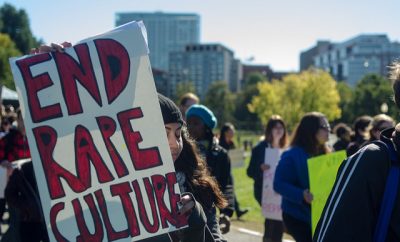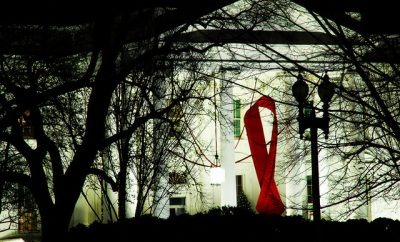The University of California at Berkeley is a large public research university located in Berkeley, California. The university is one of many schools currently being investigated by the Department of Education for possible Title IX violations. UC Berkeley had the second highest number of reported forcible sex offenses among all large schools, with 89 between 2011 and 2013.
In 2013, nine students filed an initial complaint with the Department of Education’s Office for Civil Rights claiming the university mishandled sexual assault cases. Almost a year later, 22 additional students joined to file another complaint in an attempt to get a faster response from the government. The Department of Education announced the Title IX investigation about a month after the second complaint was submitted. The complaints allege that the university discouraged victims from reporting sexual assaults, failed to provide adequate resources to victims, and favored the assailants during judicial processes. Last month, three students who were part of both complaints filed a civil lawsuit against the school based on cases that occurred in 2012. In the lawsuit, the students accused the university of “deliberate indifference” in all three cases. In response, the university pointed to a state audit in 2013-2014 that found that the university’s handling of sexual assault and harassment cases “was reasonable and that sanctions given to students who were convicted of sexual assault were appropriate given the severity of the incidents.”
Starting in 2015, UC Berkeley implemented a mandatory alcohol and sexual awareness training that students must complete before they are allowed to enroll in classes. The California University system recently hired confidential advocates for each school to provide support for victims, created a new system for investigating reports, strengthened complainants’ rights, and created a support website. UC Berkeley also has a night bus and night escort service to prevent students from having to walk alone at night, offers an online crime map, and uses the CalTip system that allows students to notify the police if they have witnessed a crime on campus.
UCPD Lieutenant Marc Decoulode gave some context to UC Berkeley’s crime statistics in a phone conversation with Law Street. He noted that the school has an open and unique campus with many buildings and parks, which are located off campus, but owned by the university. Places like People’s Park and the hills above campus have a large number of violent crime occurrences, however, these are not on the school’s campus. Additionally, crimes that happen in fraternity and sorority houses are counted under the Clery Act, but these houses are not owned by the university. Decoulode also noted that the university works closely with the city of Berkeley to conduct patrols to keep the campus safe.
Fall 2013 Enrollment: 36,198 (25,951 Undergraduate)
Average Violent Crime Rate: 1.56 per 1,000 students
Murder: 1
Forcible Sex Offense: 89
Robbery: 48
Aggravated Assault: 31
Campus Setting: City (Midsize)
-Campus crime statistics are three-year totals from 2011, 2012, and 2013
-The average violent crime rate is an average of the three-year data shown as a rate per 1,000 students
Click here to see the methodology used for the rankings.
Research and analysis done by Law Street’s Crime in America team:
Kevin Rizzo, Kwame Apea, Jennie Burger, Alissa Gutierrez, and Maurin Mwombela.
Kevin Rizzo is the Crime in America Editor at Law Street Media. An Ohio Native, the George Washington University graduate is a founding member of the company. Contact Kevin at krizzo@LawStreetMedia.com.
 Image courtesy of [Ian D. Keating via Flickr]
Image courtesy of [Ian D. Keating via Flickr]









Comments